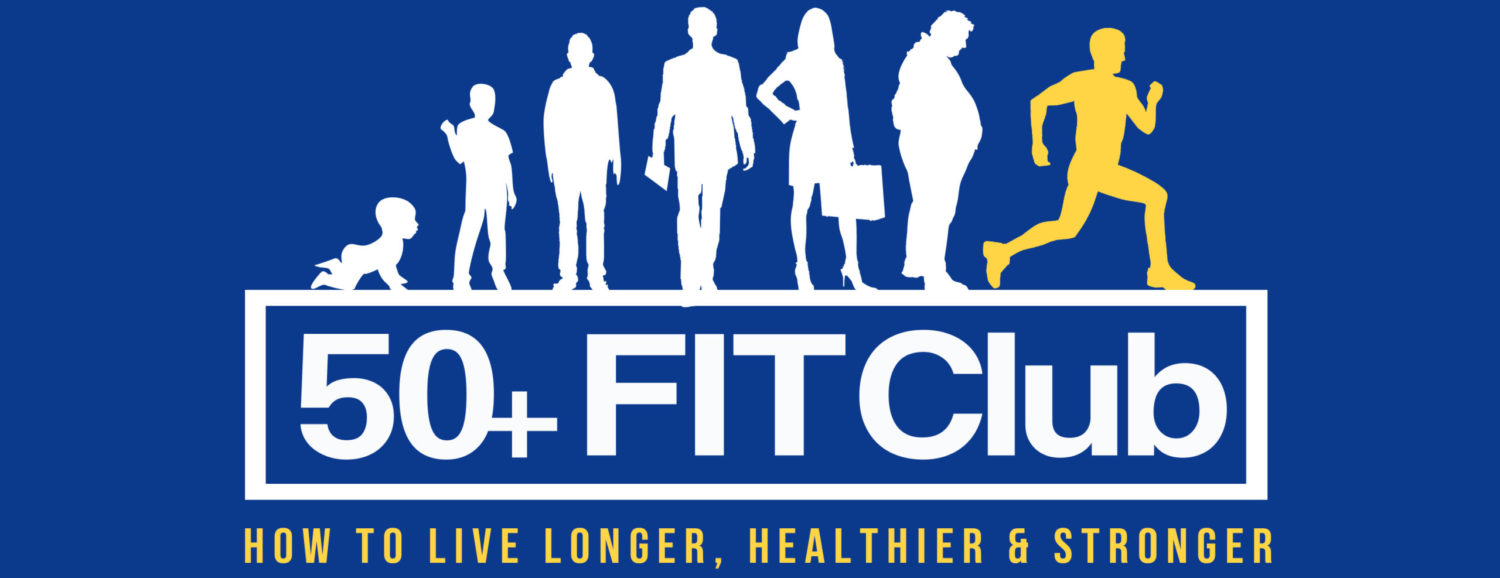
When starting a fitness program a great question to ask yourself is what exercises should you do to best reach your goals. The exercises you select to do in your training can have a huge effect on whether or not you are successful. You should have a basic understanding of not only the different modes (types) of training, but also which movements, rep ranges, and rest periods are best suited for each mode. No, it is not an exact science and yes, there will always be room for individual variations, preferences, and experiences. But having at least a general idea of what to do and why to do it is a key step in going from simply working out to actually training!
It’s also important to understand that there is a fair amount of overlap in terms of the effects from one category to the next. So, a “strength” exercise can also affect/improve your cardio conditioning. A “conditioning” movement can increase your power. A “muscle-building” movement can affect your strength and even aerobic capacity. There are few absolutes. But having a general understanding of the different types and how they are best used gives you a greater ability to select the movements and modes that are most in tune with your goals and will lead you to the greatest opportunity for success.
Power – Low rep ranges, moving resistance with speed and force. Used to develop explosiveness, that instantaneous, zero to sixty speed! Great for athletes. Generally done for 3-5 reps with 3-5 minutes of rest between sets. The weight should not be so heavy as to disallow speed which is a primary objective in power training. Also, proper form is essential so resistance/weight and repetitions should be managed to maintain excellent form at all times.
Examples: Cleans, Push Press, Jump Squats, Broad Jumps, Clap/plyo Push-Ups, wall balls, medicine ball slams, other plyometric movements
Strength – Low to medium rep ranges, multi-joint, compound movements designed to incorporate assisting muscle groups. Used to increase the amount of weight/load you are capable of handling for increasing size, gaining or maintaining weight, or building/keeping a base of strength that will transfer across to other movements. Generally, 3-6 reps with 2-5 minutes of rest between sets. Maintaining proper form, control, and range of motion is key for not only improving but also injury prevention.
Examples: Bench Press, Incline Barbell Press, Deadlifts, Standing Overhead Press, Bent-Over Barbell Rows, Squats, Dips,
Muscle Builders – Moderate rep ranges, designed to better target specific muscles or areas. Momentum should be minimized and the feel of the moment should be prioritized over the amount of weight used. These movements can be combined with strength-focused movements to build overall size as well as individual body part size, plus improve overall physique balance, proportion, and symmetry. Rep ranges are primarily n 8-12 but with some high and low variance to combat adaptation. Rest periods are typically 60-90 seconds, but again with some variance.
Examples: DB Incline Press or DB Flyes, Barbell or DB curls, Lat Pulldowns or Pull-Ups, Dips or Overhead Extensions, Lateral Raises or Shoulders Presses, Leg Extensions, Hack Squats, Cable Crossovers, Most Machine Movements like Hammer Strength, etc.
Conditioning – High rep, low rest, faster-paced movements designed to elicit a cardiovascular/respiratory effect more than a focus on resistance. These are movements designed to elevate your breathing and heart rate to force improved oxygen use efficiency and cardiovascular/respiratory function. Can be performed for time intervals like 20-45 seconds or high rep range totals. Rest periods can range from 30 seconds to several minutes depending on the level of intensity and experience. Typically performed as intervals either involving one movement done repeatedly (like sprints) or several movements are done in combination (like a circuit). Care must be taken to maintain appropriate form for safety.
Examples: Burpee’s, Sprints, Jumping Jacks, Mountain Climbers, Sled Push, Jump Rope, Heavy Bag or Mitt Kicking/Punching, Stadium Sprints, Hill Sprints, Battle Ropes, some group ex classes like advanced spinning, etc.
Aerobic – Cardiovascular/respiratory focused movements designed to improve oxygen use efficiency and to assist in fat burning for fitness. Commonly done at moderate or low intensity (see conditioning for HIIT parameters) and can be done as steady-state or intervals. Time is a key component in aerobic training with sessions generally lasting 20-45 minutes depending on the level of intensity. Sessions can also be distance or time-based like in activities such as distance running, swimming, or cycling. Generally done at lower intensities than conditioning movements, however, there is some overlap as to implementation and effect.
Examples: Distance Running, Swimming, and Cycling, group exercise classes like Step, Cardio Kickboxing, Zumba, U-jam, aerobic machine work like Treadmill, Elliptical Stair Master, Lifecycle, etc. (note- cardio machines can also be used for conditioning or interval work).
Throughout the course of your training journey, you will probably try many things. Always keep in mind however that in order to get the results you want, you should choose to do things that provide the best opportunity for success!




Leave a Reply